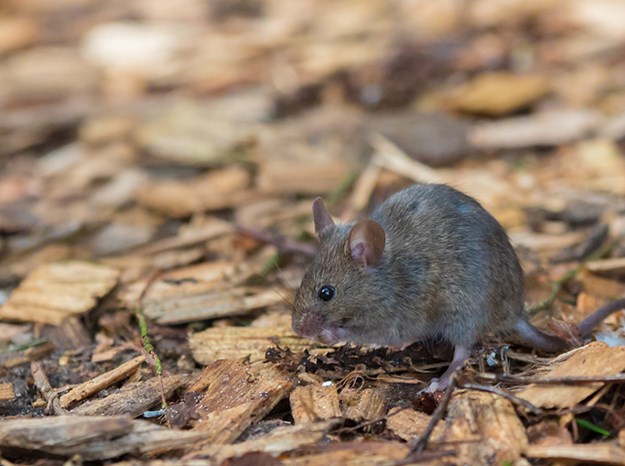Australian grain growing fields are again under pressure from resurgent mice numbers which could threaten the winter crop harvest over the coming months, according to the CSIRO and Grains and Research Development Corporation (GRDC).
 |
| On the march: Farmers are being urged to take action to help keep mouse numbers low |
Australian grain growing regions are again under pressure from resurgent mouse numbers which could threaten the winter crop harvest over the coming months, according to the CSIRO and Grains and Research Development Corporation (GRDC).
For much of 2021, large grain growing areas of New South Wales, as well as parts of southern Queensland and northern Victoria, have been subjected to mice plagues which have wrecked continual havoc on crops.
And still, reports of reviving mice numbers throughout the country’s entire cropping zone at this time of year have raised concerns with industry experts.
Speaking at the GRDC Grains Research Update, CSIRO research officer and mice control expert Steve Henry said warmer growing regions in Queensland, Western Australia and New South Wales have been particularly affected.
“It is a point of concern because winter is the time of year when mouse numbers should be at their lowest. If high numbers of mice are surviving through the winter that will cause issues when they start breeding in the spring,” Henry says.
“In conditions like we are seeing now – really good crops, good moisture levels, lots of food, lots of shelter – we know the rates of increase can be very dramatic.”
“Unusually, there are a lot of mice in Western Australia – a place where they don’t historically get a lot of mice, but we are hearing reports of high mice numbers from Geraldton, through the wheatbelt and all the way down to Ravensthorpe.
“In Queensland, there are reports of patchy, high numbers of this time of year. I’m already hearing reports of baiting through parts of the Darling Downs. That will become particularly important as a large portion of the barley crop on the Downs has fallen over which will lead to a lot of food being left in the system for mice.
“In NSW, it has been quieter through the winter but there are still concerns about higher numbers of mice than normal for this time of year. We are getting reports out of Walgett of really high numbers, and as you travel south through the cropping zone there are more and more places seeing mice at levels that are concerning.”
Other states such as Victoria, where mice reports have circulated north of Bendigo, and South Australia, where not many reports have been recorded, have been impacted to a lesser extent.
According to Henry, if figures are significant right now, the breeding rate of mice will make them almost uncontrollable within the next six weeks but urged farmers to investigate any presence on their farms.
“Get out of your ute, go and have a walk through your paddocks and look for the signs of mouse activity. You’re not going to see or accurately determine what is happening in your paddock with mice from the spray rig or other implements as you drive through the paddocks.”
“The key ones you will see as the crop develops is damage at the node and chewed heads in cereal crops but also in canola crops and in legumes, you’re going to see chewing of flowers and chewing of pods.”
“In spring, you need to determine the problem and be prepared to take action. The numbers you have now will determine the breeding potential of the mice. If you have high numbers now, the rate of increase will be high.
He also outlined other ways to minimise numbers, advising that there is only a three-week window from when farmers first identify mice and when it becomes a serious problem.
Henry advises that minimising potential food sources for mice is key; encouraging farmers to reduce alternate food supplies by minimising grain spill during harvest, adopting seed destroyers and chaff lines, spraying out seed germinations and using sheep to reduce residual grain in stubbles.
“In conventional tillage systems where there were multiple cultivations, mice lived at the margins of paddocks and invaded paddocks when conditions were favourable. Now, with conservation tillage systems, mice live in the paddocks all year round and establish significant burrow networks,” Henry said.
Elsewhere, the NSW Farmers Association has continued to implore more farmers within the state to cash in on the $150 million support package from the NSW Government to help recoup some of the financial outlays experienced throughout the mice plagues.
The Zinc Phosphide Rebate for Primary Producers programs is a one-off rebate for grain growers affected by the mice plague.
A survey by NSW Farmers found a third of respondents had losses between $50,000 to $150,000 as a result of the plague.
“I don’t want anyone to self-assess or not take up this support because they think it’s too hard – NSW Farmers has been talking to primary producers about the challenges and we’re thankful the RAA has listened to us,” says NSW Farmers vice president Xavier Martin.
“With another boom in mouse numbers on the way, it’s vital we get on top of the problem now.”

